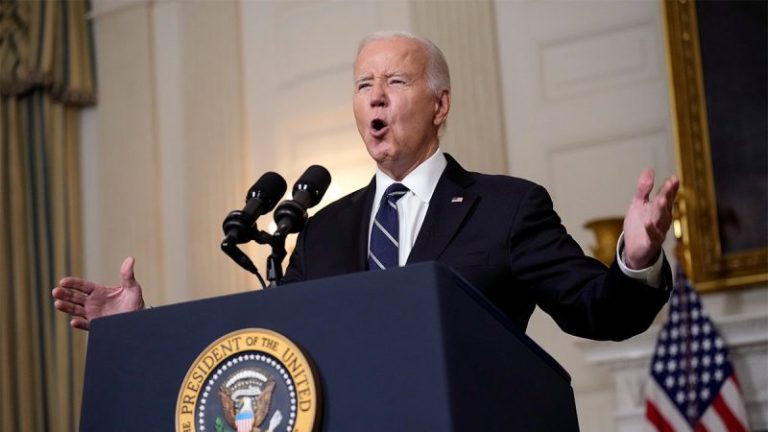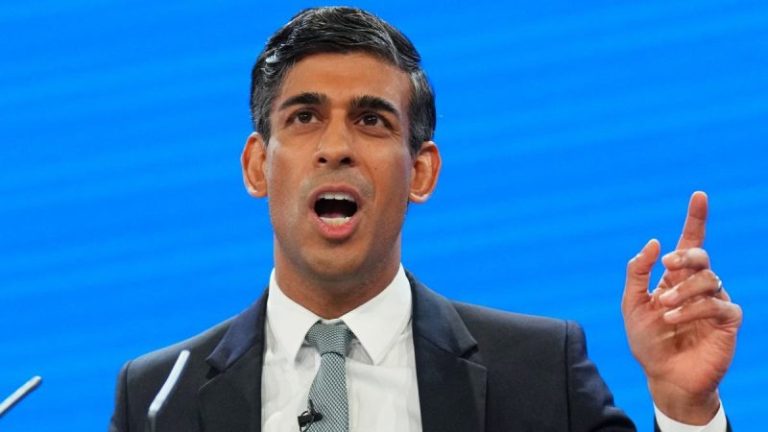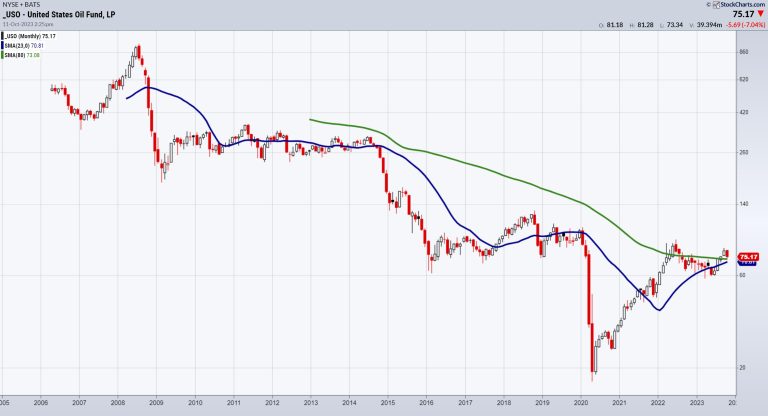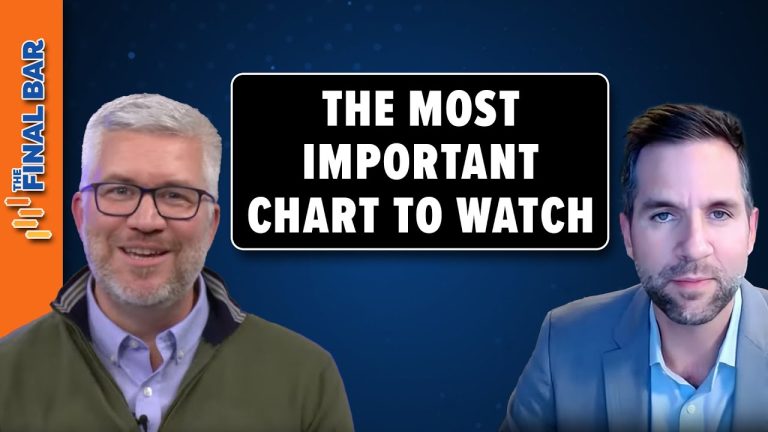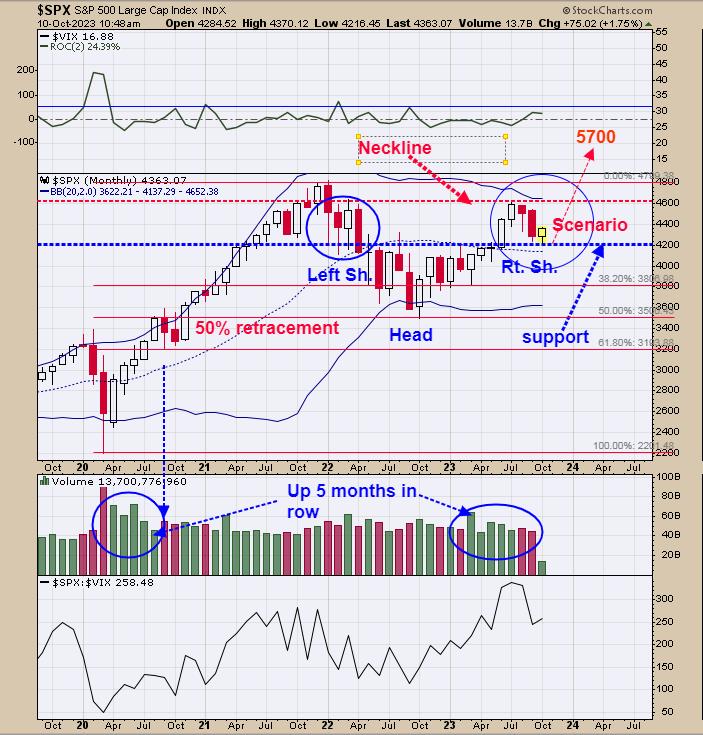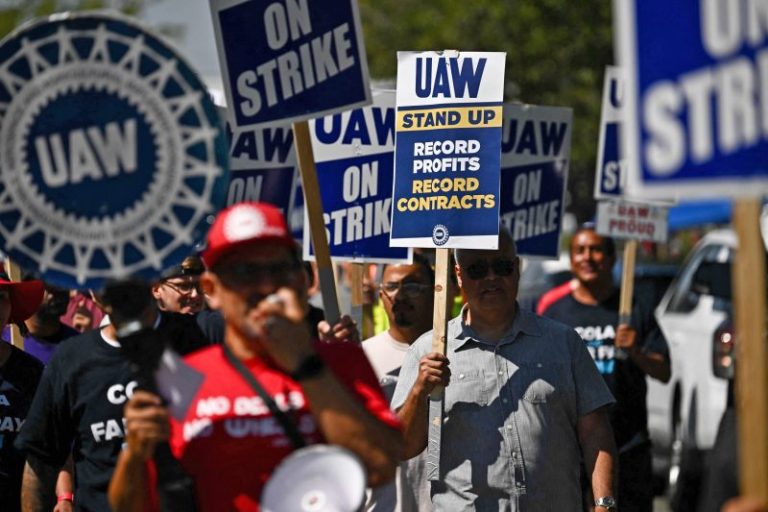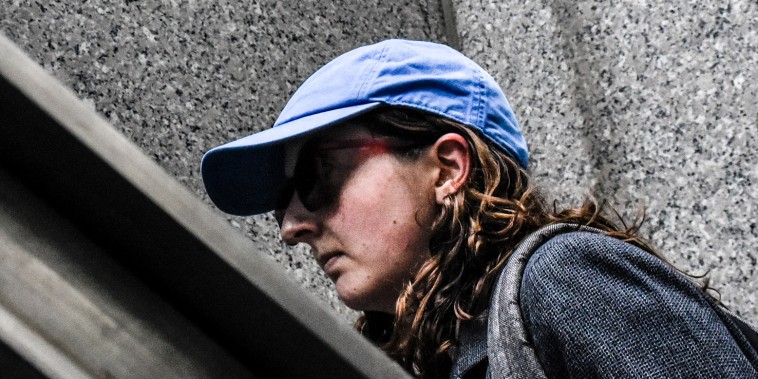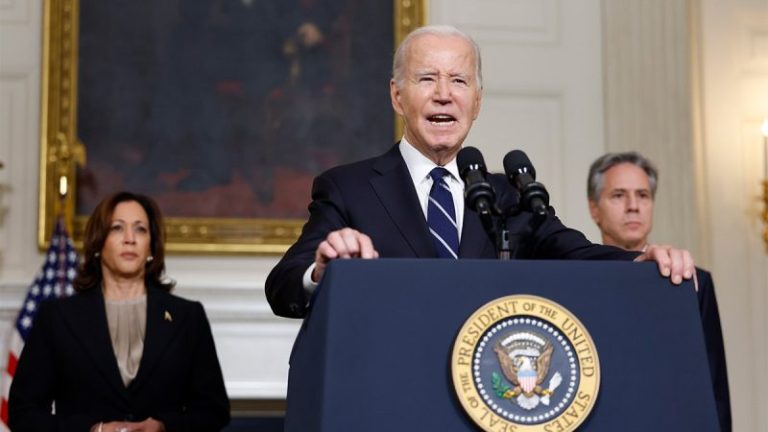Cybersecurity companies occupy a unique space. It can never end or stand still. It can only escalate and transform. And given the increase in spyware attacks, the necessity for cybersecurity will increase.
So, if you’re wondering whether there’s “growth” in the cybersecurity industry, well, yes. Let’s look at the industry using the First Trust NASDAQ Cybersecurity ETF (CIBR) as a proxy.
CHART 1: YTD COMPARISON BETWEEN CIBR ADN S&P 500 INDEX. More recently, cybersecurity stocks have outperformed the S&P 500.Chart source: StockCharts.com. For educational purposes.
Looking back year-to-date, CIBR and the S&P 500 index’s performance have always intertwined. But in the last two months leading to the Q3 earnings season, cybersecurity stocks are leading the S&P 500 index ($SPX) by a much wider margin. Let’s take a closer look at CIBR.
CIBR: Bullish Bounce Amid Stalling Momentum
CHART 2: DAILY CHART OF CIBR ETF. Look for CIBR to break out above the $47.50 level.Chart source: StockCharts.com. For educational purposes.
As noted in the article Which Cyber Security ETF is the Strongest?, you can see the signs of strength in CIBR. The most recent swing low is above its August low and 200-day simple moving average (SMA). But there isn’t much of an uptrend thesis until CIBR breaks above resistance at the two equal highs at $47.50. And if you look at price in relation to the kumo (Ichimoku cloud), it’s trading right into it, signaling a period of market indecision. You can also see a significant drop in buying pressure, as shown by the Chaikin Money Flow.
So, cybersecurity stocks may have been outperforming the S&P 500 over the last few months, but their collective momentum has largely stalled. Other factors are weighing into this stall, a big one being the surge in 10-year US Treasury yields ($TNX). But we’re also approaching Q3 earnings season. And for the biggest of these cybersecurity companies, it may be a make-or-break moment. Let’s dive into four of the biggest cybersecurity companies (by market cap).
Palo Alto Networks (PANW): Trending but Troubled?
Palo Alto Networks is the largest cybersecurity stock by market cap (over $79 billion), yet the stock’s trading volume of just under 4 million on average is far below most popularly traded stocks. You can grab this information on StockCharts’ Symbol Summary, a useful tool for at-a-glance fundamentals and technicals. With a SCTR score of 94.9, it demands a look at PANW’s current momentum and trajectory.
CHART 3: DAILY CHART OF PANW. Palo Alto Network’s stock price is testing its highs. Will it break above this resistance level?Chart source: StockCharts.com. For educational purposes.
Like CIBR, PANW bounced well above its August lows and 200-day SMA. It found support at the kumo, which also shifted from bearish to bullish, projecting further bullish support 26 periods ahead. While PANW tests its three-month highs for the fourth time, divergence and negativity in the CMF suggest that buying pressure has dwindled, and momentum is waning. Of course, this can all change when PANW reports earnings on November 16. And it’s important to note that PANW has always delivered a positive earnings surprise since 2015.
The second-largest cybersecurity stock, with even greater average trading volume, is Fortinet (FTNT). While FTNT has similarly delivered strong earnings surprises since 2016, its technical scenario differs from PANW.
Fortinet (FTNT): Legit Plunge or Guidance Fakeout?
CHART 4: DAILY CHART OF FORTINET STOCK. The stock chart of FTNT shows weakness, but this could change when the company reports earnings in November.Chart source: StockCharts.com. For educational purposes.
On August 4, FTNT had its biggest one-day drop on record, falling 26%, after issuing a negative earnings forecast. This took its prices below the 200-day SMA, and its low above $56.00 has been tested four times, proving to serve as resilient support. Still, it has yet to break above the 200-day SMA support-turned-resistance, and the bearish kumo thickens. And its SCTR score of 25 adds further gloom to the technical picture. The CMF, however, shows a higher low against FTNT’s parallel lows (bullish divergence?). In short, FTNT’s November 2 earnings report is critical, and if it outperforms its issued guidance, then FTNT could surge.
Crowdstrike (CRWD): A Steady Uptrend
CHART 5: DAILY CHART OF CROWDSTRIKE STOCK. The stock price is an an uptrend. Keep an eye on near-term resistance levels.Chart source: StockCharts.com. For educational purposes.
The third-largest cybersecurity stock by market cap is Crowdstrike (CRWD). In contrast to the previous two stocks, CRWD has been on a steady uptrend since the beginning of the year. Breaking above its September high, it exemplifies an “uptrend” in its most standard definition: a series of higher highs and higher lows. Its SCTR score of 97 places it well above PANW. CRWD is slated to report on November 28, and like its industry competitors, CRWD has a history of positive earnings surprises.
Last on this list is the fourth biggest cybersecurity stock by market cap: Zscaler (ZS)
ZScaler (ZS): A Highwire Outperformance?
CHART 6: DAILY CHART OF ZSCALER. The stock has broken above a broadening top formation. Does this mean the stock will pull back or continue to move higher?Chart source: StockCharts.com. For educational purposes.
ZS saw a dramatic jump on May 6 due to a Barclays analyst upgrade. From June up until a few days ago, ZS has been forming a long Broadening Top before breaking out to the upside. To splash a little sobriety on its bullish surge, broadening tops have a 67% rate of pulling back. But there’s also a rising and thickening bullish kumo, which suggests a range of potential support. With a 98.4 SCTR score, ZS leads all four stocks on positive technical ranking. And like the other four stocks discussed, ZS, too, has a history of outperforming on the earnings front. The company is slated to report on December 7.
The Bottom Line
The cybersecurity world isn’t just about dodging digital bullets; it’s about innovation and market performance. While CIBR gives a glimpse of the industry’s potential, big players like PANW, FTNT, CRWD, and ZS show an interplay of technicals and fundamentals behind the proverbial firewall of valuations. As the necessity of cybersecurity grows, so do the stocks. And if you’re not watching this space, it’s time you did.
Disclaimer: This blog is for educational purposes only and should not be construed as financial advice. The ideas and strategies should never be used without first assessing your own personal and financial situation, or without consulting a financial professional.

